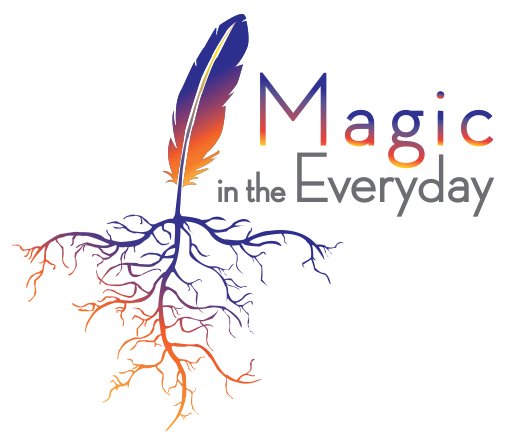Guess I can discuss observations evolving from bubble tea. I desired some bubble tea last night. So I was on my way over to Coco’s cafe to get some when I noticed a venue two spots down from Coco’s that I had never seen before. The Tapioca House, as this other place is named, does not stand out, sandwiched in a sliver of space between Chase Bank with their large, looming logo sign, a Vietnamese Pho restaurant also serving bubble tea, and Coco’s Cafe on the other side of the Vietnamese place.
Bubble tea, also called “Boba” tea, is a tea beverage that originated in Taiwan in the 1980s and migrated to Canada before spreading to Chinatown in New York, then to various spots throughout the West Coast of the United States[1]. The literal translation from Chinese is pearl milk tea (traditional Chinese: 珍珠奶茶; Hanyu Pinyin: zhēnzhū nǎichá; Tongyong Pinyin: jhenjhu nǎichá). The word “bubble” refers to “bubbling”, the process by which certain types of bubble tea are made, and not the actual tapioca balls. The balls are often called “pearls.” Drinks with large pearls are consumed along with the beverage through wide straws; while drinks with small pearls are consumed through normal straws.
The distinctive characteristic of bubble tea is the presence of chewy translucent balls of pearl tapioca (that sit at the bottom of the glass). Usually the pearls are “large pearl,” larger than the “small pearl” that is customary in tapioca pudding. Cooked, large pearls have a diameter of at least 6 millimeters. Occasionally, “small pearl” tapioca is used. Both sizes of pearls are available in a variety of colors. The pearls are prepared by boiling for 25 minutes, until they are cooked thoroughly but have not lost pliancy, then cooled for 25 minutes. After cooking they last about 7 hours. The pearls have little taste, and are usually soaked in sugar or honey solutions.
Bubble teas are generally of two distinct types: fruit-flavored teas, and milk teas.
Good to know.
